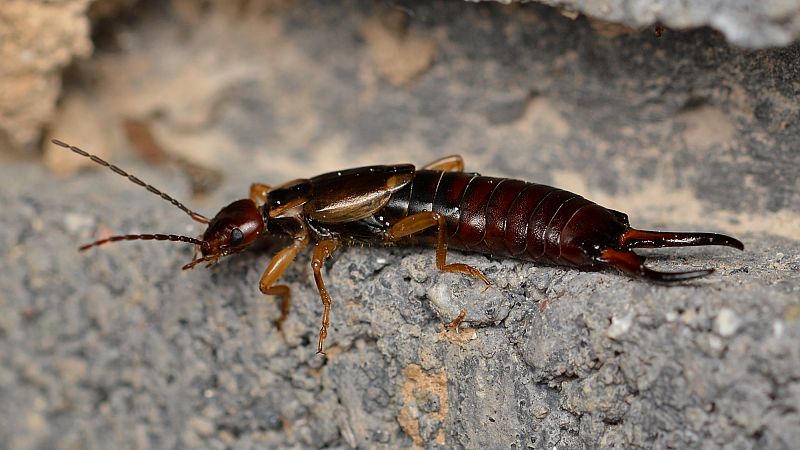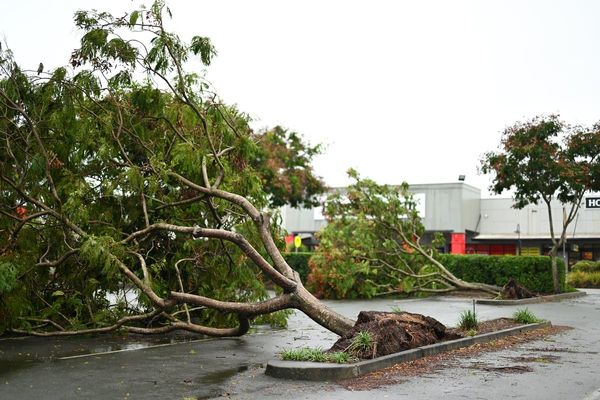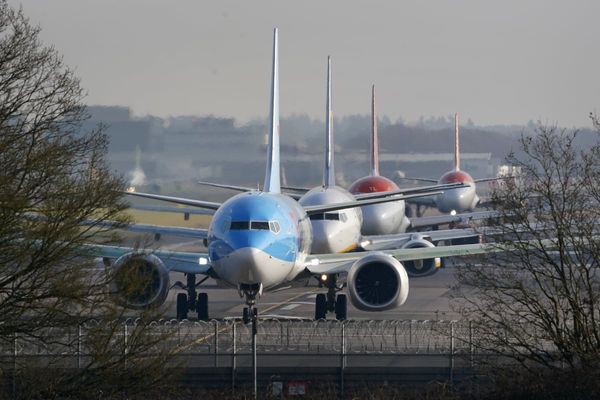
Despite our outsized impact on the planet, humans are not the dominant species. For every person on Earth, there are approximately 1.4 billion insects. All together, they would weigh 70 times more than the total human population.
While insects are by far the most numerous and widespread class in the animal kingdom, woefully little is known about them. Since they’re essential to food production, the regularly reported decline in key species is a cause of concern.
But does it really spell ‘insectageddon’? According to a study led by the UK Centre for Ecology & Hydrology (UKCEH) and ZSL (Zoological Society of London), we just don’t know.
Just 1 per cent of insect species are well understood
According to the study, there are about a million known insect species around the world. Of these, just 12,100 species have been assessed under the IUCN Red List of Threatened Species.
Of those that have been assessed, 20 per cent are considered threatened. But given that less than one per cent of the species have been assessed, the study rightfully asks, “What about the other 99 per cent?”
Little monitoring of insect species goes on outside of North America and Europe. In fact, the researchers say there is very little known about insects in parts of Asia and South America, and virtually no data at all for species in Africa.
Butterflies, bees and dragonflies steal the limelight
This week, the UK Butterfly Monitoring Scheme revealed that 2024 was one of the worst years on record for butterflies. It’s a similar story across Europe and North America.
Dragonflies and bees are also well-studied in these regions. Of the dragonfly family, 16 per cent are thought to be at risk of extinction. Studies have shown a loss of 60 per cent of the bee population since the 1990s.
But these are not the only pollinators in our environment, nor are they the only insects that are useful to our existence.
“There is a lot of interest in monitoring charismatic species such as bees and butterflies,” says Dr Rob Cooke, an ecological modeller at UKCEH and joint lead author of the study. “But few people care about the supposedly unpleasant insects, even though they too provide benefits for us.”
Despite the creepy appearance of the humble earwig, they are excellent at pest control - particularly on fruit trees, where they remove aphids without damaging the fruit. The hated cockroach is incredibly important for soil health and decomposition. Yet, they’re among the least well-studied of all insects worldwide.
How will we know which insect species are under threat?
Undoubtedly, many insect species are in decline. Loss of habitat, use of pesticides and declining food sources mean it's tough to be an insect in the modern world.
But the authors stress that it’s essential to increase our understanding of insect populations and how humans affect them, before it’s too late.
“We need to find out whether insect declines are widespread and what’s causing them,” says Cooke. “The challenge is like a giant jigsaw puzzle where there are thousands of missing pieces, but we do not have decades to wait to fill these gaps and then act.”
The study authors have proposed a new framework for establishing how different drivers impact local species. Through combining multiple data sources, they hope to build up a better picture of the state of global insect health, despite the gaps in the available data.
“With a million described species, it would take too long to figure out what works best for each species,” explains Dr Charlotte Outhwaite of ZSL’s Institute of Zoology, joint lead author of the study. “Instead, we want to find large-scale actions that benefit the most insects. For this, we need to use all the available information we have.”
The next step is to begin testing this approach, using a range of research methods to model how different insect species respond to various threats. Extrapolating from their findings will help develop an understanding of the current health of the world’s insect population.







